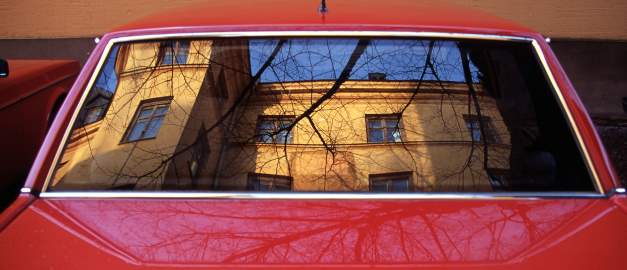
Scrap metal in the society
In our society, we generate a huge amount of waste. The development of electronic products has been quite rapid over the past ten years, both in terms of quantity of products and number of different products. This development is expected to continue, and the life cycle of products will in turn become shorter and shorter. Recycling is therefore becoming increasingly important.
The recycling of base metals such as iron, aluminium and copper from electronic scrap works relatively well in Sweden. However, there are several factors that prevent many other metals from being recycled. Among other things, the amounts of metal in the products that could be recycled are often unknown. In addition, many of these metals are found together and mixed with other substances, which means that it is costly to sort out the metals.
Within the EU, several research projects are underway aimed at, among other things, developing electronics and electronic products with a design that facilitates a more efficient recycling of the products.
In electronic waste, there may be low levels of unusual metals. The table shows an estimate of the remaining amounts of metals in electronic scrap in landfills in Sweden.
The recycling rate for lead is very high, primarily from collected lead batteries.
For the less common metals, recycling is still small and can be increased. This applies, as an example, to alloy metals that the Swedish steel industry uses to produce special steels. To cover the need for these, it is important to continue to develop and further increase the recycling of metals.
Municipal landfills
It is estimated that there are around 4,000 municipal landfills in Sweden. The landfills contain very variety of materials and the contents are affected by the period in time during which a landfill has been used. Many municipal landfills also contain a mixture of household and industrial waste. The more recent landfills may be of interest from a metal recycling point of view, as the metal content of household waste has increased with increasing usage of metal. Most likely, the municipal landfills from the 1970s and 1980s are those with the highest metal content. Since the 1990s, this sorting has increased, with producer responsibility, for example. There is also a problematic situation with the fact that landfills may contain hazardous waste.
Scrapped cars
Another possible source of metal recycling is scrapped cars. In 2011, a total of approximately 184,000 passenger cars were scrapped in Sweden. However, there is no information on the content of potential critical metals in the cars.
Last reviewed 2022-06-17
